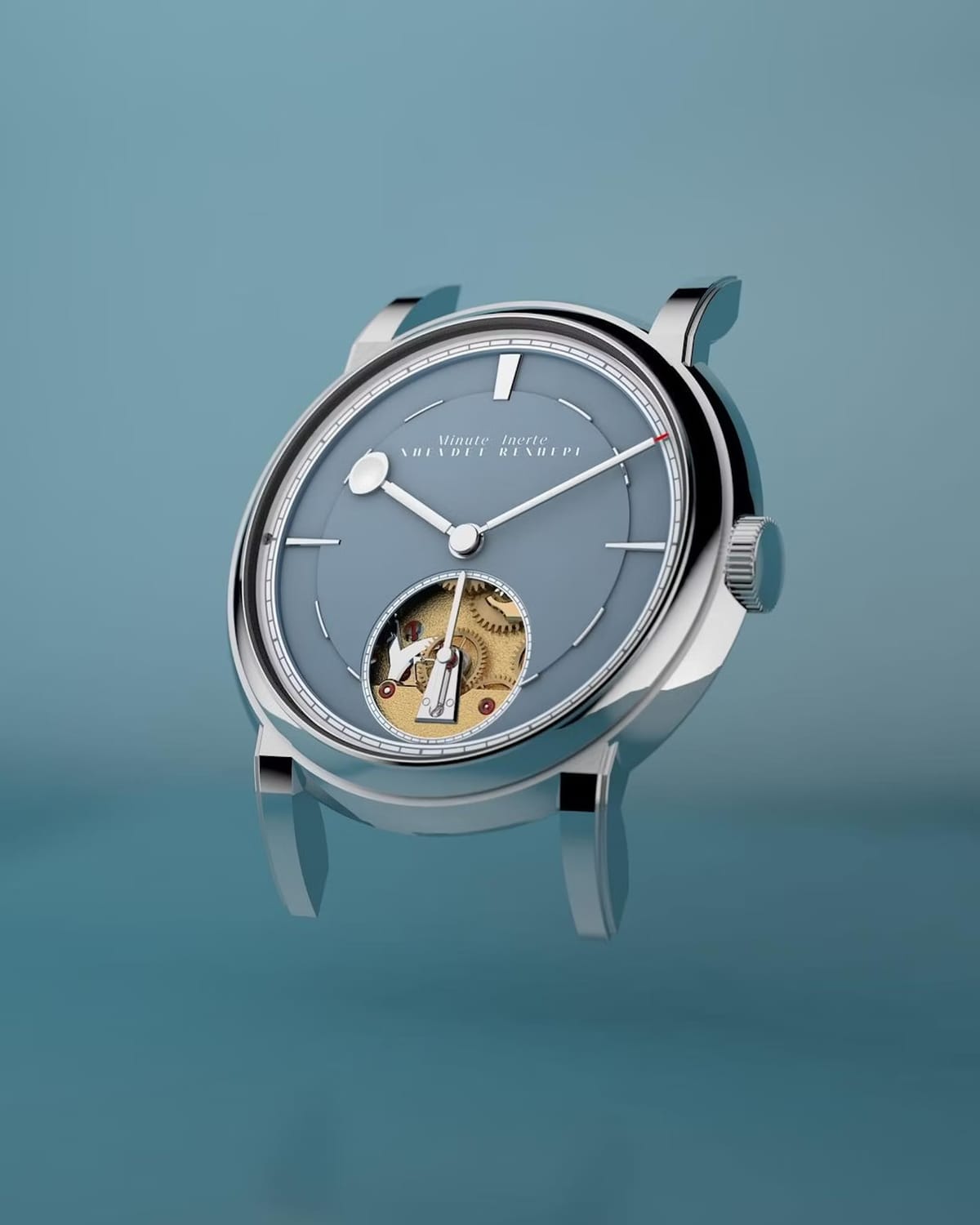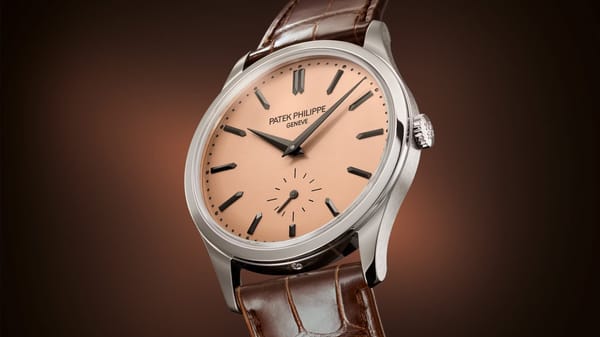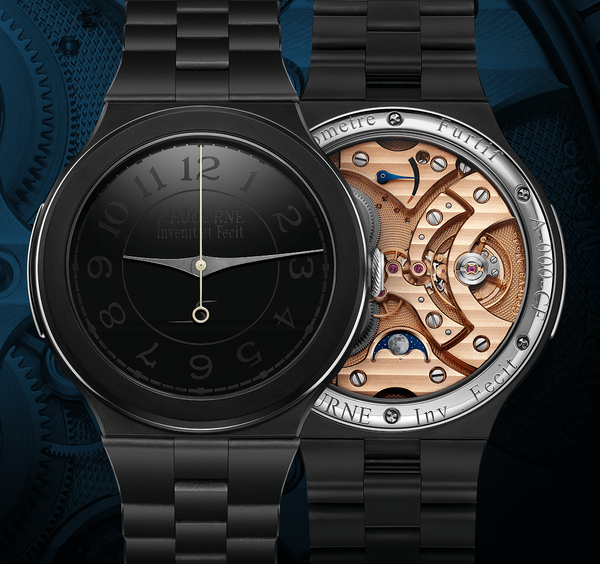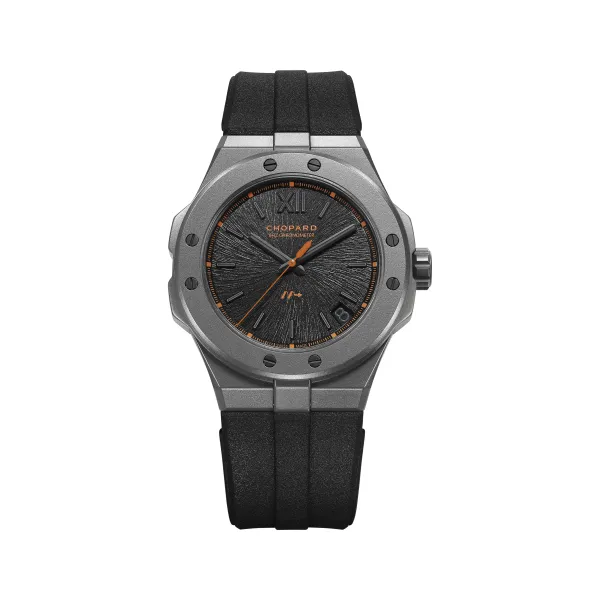The Evolution of Time: Where the Watch Industry is Headed

In the ever-evolving landscape of horology, we stand at a fascinating crossroads. Traditional craftsmanship continues to flourish alongside technological innovation, creating a dynamic industry that honors its past while embracing the future.
The watch industry has always been defined by its duality - the preservation of centuries-old techniques juxtaposed with relentless innovation. This tension isn't new, but the balance is shifting. Today's market signals a move toward pieces that seamlessly integrate into modern lifestyles while maintaining the soul that makes mechanical timepieces special.
The rise of accessible daily-wear watches represents not a departure from tradition, but its natural evolution. Consumers increasingly seek timepieces that offer both aesthetic appeal and practical functionality for everyday use. This shift doesn't diminish the importance of haute horlogerie – rather, it broadens the industry's reach and relevance.








Materials science is revolutionizing what's possible in watchmaking. Titanium's lightweight durability, ceramic's scratch resistance, and innovative metal alloys are enabling designs that would have been impossible just decades ago. These advancements allow for timepieces that can withstand the rigors of daily life while maintaining their beauty and precision.
What makes this era particularly exciting is the democratization of quality. Microbrands and established manufacturers alike are producing exceptional daily-wear pieces at various price points, making thoughtful design and reliable mechanics available to more enthusiasts than ever before.
The focus on legibility and practical functionality signals an appreciation for the watch's fundamental purpose – to tell time clearly and reliably. Yet within these parameters, we're seeing remarkable creativity in dial designs, case shapes, and complications that enhance rather than complicate daily use.
As watch enthusiasts eagerly anticipate the innovations unveiled at events like Watches & Wonders, the industry's future appears bright. There will always be a place for the extraordinary complications and artisanal craftsmanship that showcase humanity's technical ingenuity. Simultaneously, the emphasis on creating exceptional everyday timepieces ensures that mechanical watches remain relevant in our digital age.
The most successful brands will be those that understand this balance – honoring tradition while embracing practical innovation. The watchmaking renaissance we're experiencing isn't about choosing between heritage and modernity, but about finding the harmony between them that resonates with today's collectors and enthusiasts.
Recent Releases Exemplifying the Future of Watchmaking
Several recent timepieces perfectly illustrate this shift toward sophisticated yet practical watches; some more attainable than others:



Source: Rexhep Rexhepi
Rexhep Rexhepi Chronomètre Contemporain II - While maintaining the highest standards of hand-finishing and traditional craftsmanship, this piece demonstrates how independent watchmaking can embrace everyday wearability with its refined 38mm case and exceptional legibility. Check out our article here.

Source: Xhevdet Rexhepi
Xhevdet Rexhepi Minute Inerte - With this titanium creation under his own name, Xhevdet demonstrates how avant-garde complications can be integrated into a contemporary, wearable timepiece. The innovative dead-beat seconds mechanism combined with the minimalist aesthetic and modern materials showcases how technical innovation can enhance rather than hinder daily wearability.


Source: Raul Pagès
Raúl Pagès RP1 - His time-only piece exemplifies how exceptional hand craftsmanship can be focused on creating a refined daily wearer with perfect proportions and exceptional attention to detail in a format that's comfortable for everyday use. Check out article here

Source: Tudor
Tudor Pelagos FXD - This collaboration with the French Navy demonstrates the perfect combination of advanced materials (titanium case), practical functionality (fixed strap bars), and exceptional legibility. Check out our articles on Tudor here.

Source: Christopher Ward
Christopher Ward C63 Sealander Elite - Utilizing a titanium case and bracelet with a cutting-edge movement, this piece exemplifies accessible luxury with a focus on practical everyday wear and innovative materials.

Source: Grand Seiko
Grand Seiko Evolution 9 Collection - These timepieces exemplify the fusion of traditional Japanese craftsmanship with modern ergonomics and exceptional legibility, particularly with models utilizing their innovative titanium alloys. Check out articles of Grand Seiko here.


Source: Baltic Watches
Baltic MR Classic Or Aquascaphe Titanium - Representing the microbrand movement, this accessible titanium diver delivers exceptional value with its focus on durability, clean design, and everyday wearability. Check out one of our Baltic articles here.


Source: Zenith
Zenith Defy Skyline - With its integrated bracelet design, exceptional movement, and contemporary styling, this piece represents the modern everyday luxury sports watch while incorporating innovative silicon components. Check out articles for Zenith here.

Source: IWC
IWC Pilot's Watch Mark XX - The latest iteration of a classic pilot's watch that focuses entirely on legibility, robust construction, and practical everyday use while incorporating modern manufacturing techniques. Check out our articles on IWC here.



Source: Cartier
Cartier Santos Dumont - The refinement of a heritage design into a slim, wearable everyday luxury piece that maintains distinction while becoming more practical for regular use. Check out our articles on Cartier here.
These examples highlight how both independent artisans and established brands are embracing the future of horology through innovative materials, practical design considerations, and exceptional craftsmanship – all while maintaining the character and soul that make mechanical watches special.





